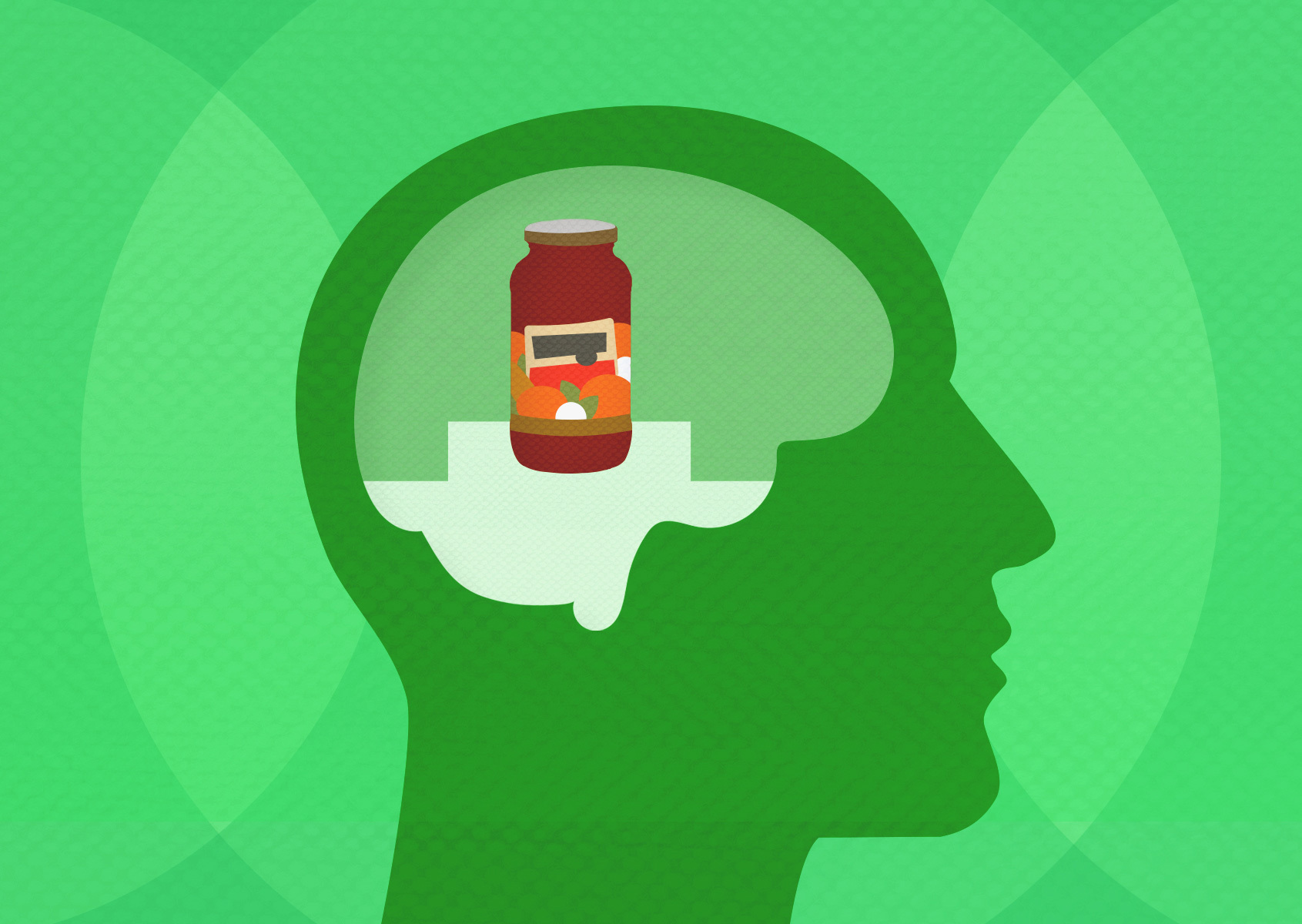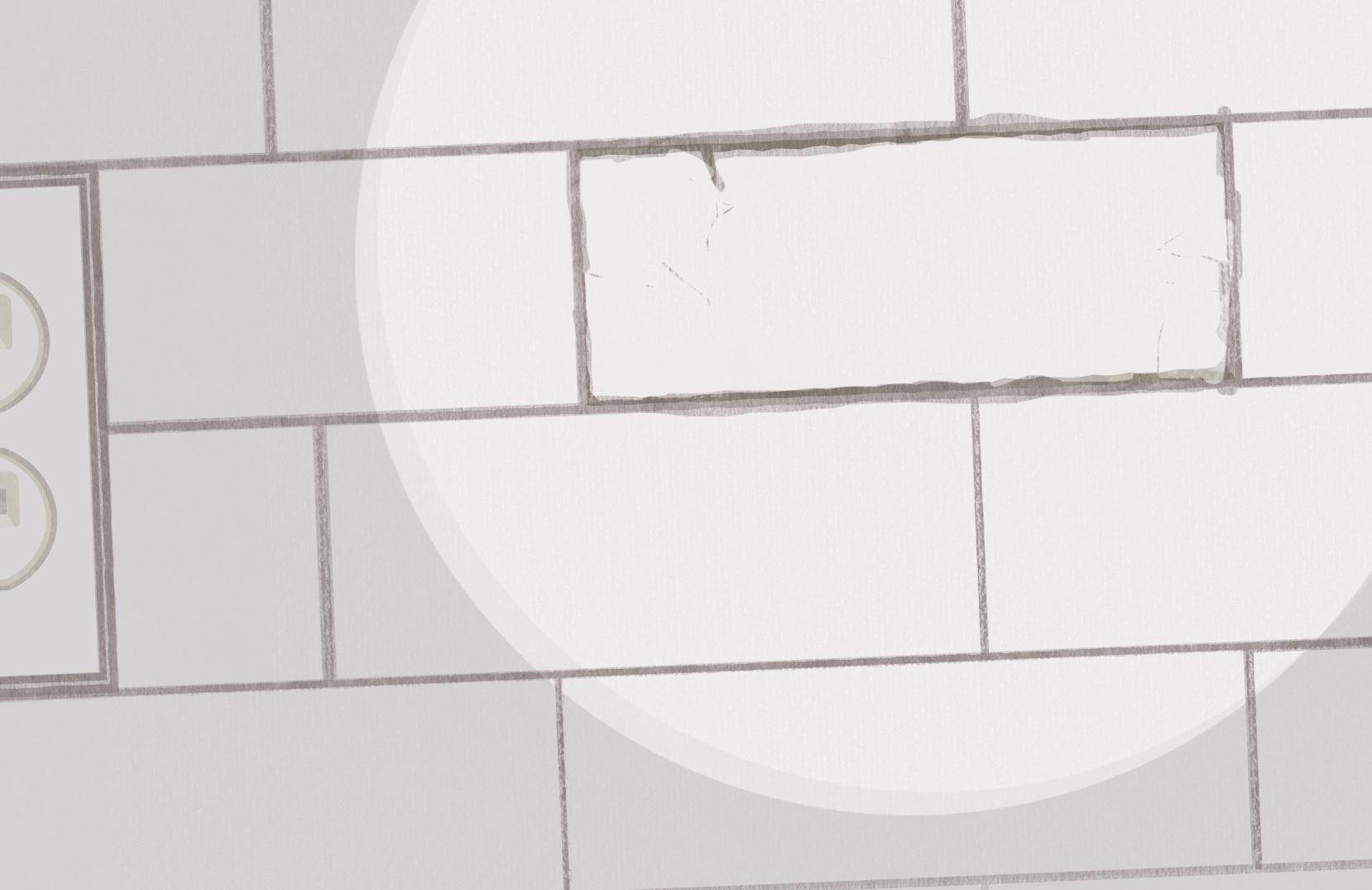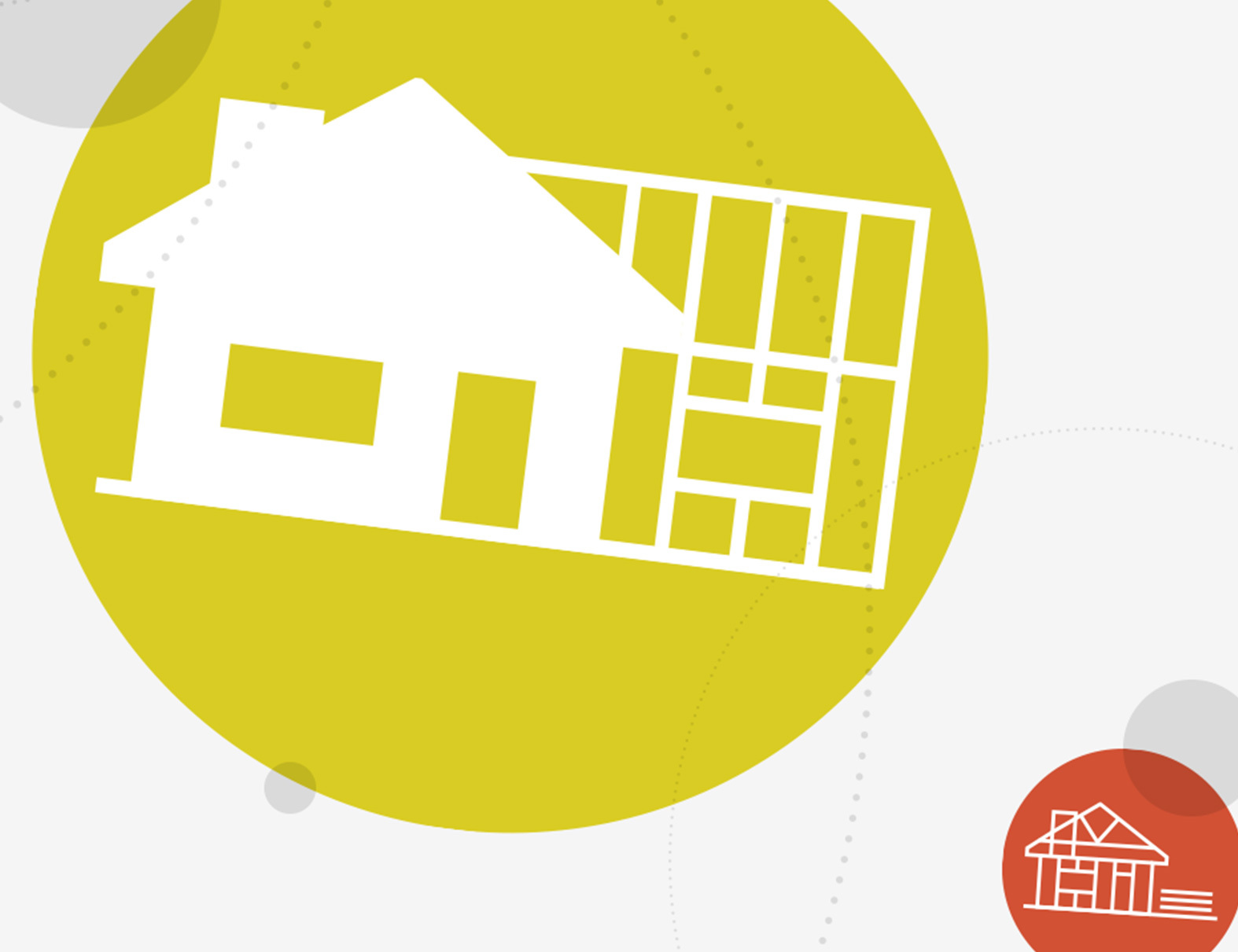Marketing Insights
At Wray Ward, we build brands that elevate the style, comfort and function of the American home. Home is practically all we think about. Maybe that’s why you hear us use the word isomorphism so often. OK, not really. But we work with the concept of isomorphism a lot.
Isomorphism is a word you hear most frequently associated with sciences, especially biology, chemistry and mathematics. A simple definition of isomorphism is when a set of things in one context directly shapes a set of things in a whole other context. Conceptually, isomorphism describes how physical human needs have shaped how we perceive the world around us. In other words, our physical needs influence how we see the most vital context: the home. And that’s where Wray Ward comes in.
Objectively, home is where we tend to our material needs: food, water, warmth, rest, security and safety. These are the creature comforts, the biological basics in the hierarchy of need. But these everyday necessities are anything but mundane. Everybody needs a roof over their head, but what about a coil-coated metal roof that goes way beyond just keeping the rain off to keeping us safer (fire resistant), letting us feel like we’re caring for the earth (reduces carbon footprint) and potentially lowering stress (lasts longer, so less hassle).
That’s an isomorphic example of going beyond the simple biological context to a deeply felt emotional need. And those contexts, those currents of feeling, are most profuse when the subject is “home.”
Listening to Americans talk about “home” reveals strong emotion, exactly what one would expect given the subject. With home, there is a strong sense of repetition, the daily routine. Morning coffee, getting home from school and grabbing a snack, bedtime rituals, Saturday afternoons, decorating for the holidays, we take solace in the predictability of these “home” habits. Home is synonymous with the comfort of recurrent predictability.
Home is also tied emotionally with return. The phrase “coming home” is full of feeling. A parent returning from a business trip. Coming back from camp and sleeping in your own bed. Arriving from college and seeing old friends. Thanksgiving.
Along with “repetition” and “return,” lots of “re-” words are part of home. Home is where you kick back and relax after a long day. Home is where we retreat when the world gets too tough. Home is refuge, reflection, rewind and rest. Home is where we go when we need to recover. Home is where we rekindle (or perhaps repair) our relationships with relatives. Once you get started, it can be hard not to use “re-” words when talking about home.
These “re-” words are so prevalent Clotaire Rapaille states in his book “Culture Code” that the prefix “re-” is actually the code for how Americans isomorphically view their homes. He explains this from two perspectives. First, so many “re-” words involve habitual behaviors around which life becomes defined that are centered in the home. In this way, home is synonymous with comfort and safety. Second, home is central to places and times when our most meaningful relationships are rooted and rekindled. Home is about return, reconnection, renewal, reunion. In this way, home is synonymous with hope.
For marketers, this is more than just an interesting observation. It’s an insight that layers in to what we understand about the emotional side of a consumer’s purchase journey. When talking about items for the home, even everyday things take on meaning. Window blinds, countertops, a faucet, these are part of everyday home life and are, whether the homeowner realizes it or not, tied to deep-felt emotions. Which helps explain why someone will enthusiastically invest in that coil-coated metal roof, because home is a place that’s a lot more than just a roof over your head.


